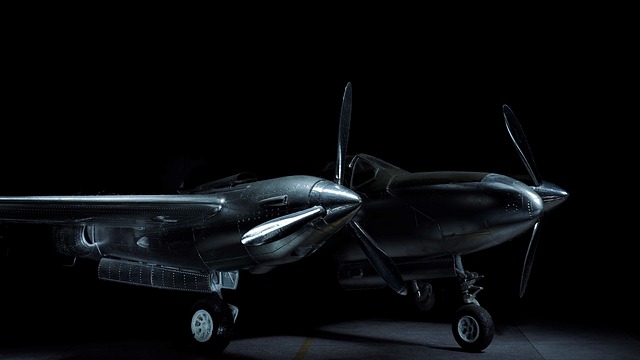Mastering Light Painting: A Guide to Stunning Compositions in Photography
Photography is an art form that captures light, emotion, and fleeting moments in time. One innovative technique that combines these elements into mesmerizing visuals is light painting. This captivating approach can transform ordinary scenes into extraordinary compositions, allowing you to express your creativity like never before.
Understanding Light Painting
Light painting involves using a camera and a light source to create trails of light in a dark environment. By manipulating your camera settings—like exposure time and aperture—you can capture these luminous strokes in stunning detail. The beauty of light painting lies in its simplicity; all you need is your camera, a light source, and your imagination.
Choosing the Right Equipment
While photography can be done with a variety of devices, achieving breathtaking light painting compositions requires the right tools. A sturdy tripod is essential to keep your camera steady during long exposures. Many photographers also prefer using a digital SLR or mirrorless camera equipped with manual controls for better precision.
In addition to a camera, your choice of light source plays a significant role in the final outcome. Flashlights, glow sticks, and even sparklers can create unique effects. Experimenting with different light sources can lead to unexpected and stunning results in your compositions.
Camera Settings for Light Painting
Getting the settings right is crucial for successful light painting. Start by setting your camera to manual mode. A longer exposure time, typically ranging from a few seconds to several minutes, allows you to capture the continuous movement of light. Set a low ISO to reduce noise, and use a wider aperture to allow more light in—all of these factors contribute to the overall quality of your photo.
Composing Your Shot
The heart of composition lies in how you visually arrange elements within your frame. When engaging in light painting, consider the background, foreground, and your light source’s position. Leading lines, symmetry, and framing can all enhance your composition and guide the viewer’s eye through your photo. Don’t be afraid to get creative: incorporate shapes, figures, or even words to make your light trails more meaningful.
Experimentation and Practice
Like any art form, mastery comes with practice. Spend time experimenting with different optics and settings to understand how light interacts within your environment. Try shooting at various times of day or in different locations—each setting will provide distinct lighting challenges and opportunities. The more you experiment, the more you’ll develop your unique style and discover what resonates most with your artistic sensibilities.
Bringing Your Vision to Life
Remember, the key to breathtaking light painting lies in harnessing your creativity and allowing your imagination to run wild. Whether you aim to recreate natural scenes, capture abstract designs, or invoke emotions through your photography, let your artistry shine with every click of the shutter.
Ultimately, light painting invites you to explore the boundaries of photography. It’s a dance between light and shadow, a canvas where you can express your innermost visions. So grab your camera, find your light source, and step into the beautiful world of light painting—your next stunning composition awaits!



